Camping and Hiking on a Budget: 8 Ways to Save Money on Your Next Outdoor Adventure
Camping and hiking can be relatively inexpensive hobbies.
It’s cheaper to go walk on a trail than to pay for a monthly gym membership or take the whole family to the movies.
These activities can also open up opportunities for more affordable vacation destinations since a campsite costs less than a hotel or vacation rental.
On the other hand, it can cost a lot of money to partake in these activities between equipment purchases, entrance and amenity fees, and travel expenses.
All of these costs can be a major barrier to getting outside or interfere with your financial goals.
I’m always looking for ways to save money and my love for getting outdoors is no exception. Here are 8 of my tips to get outdoors on a budget.
1. Visit public lands on fee-free days
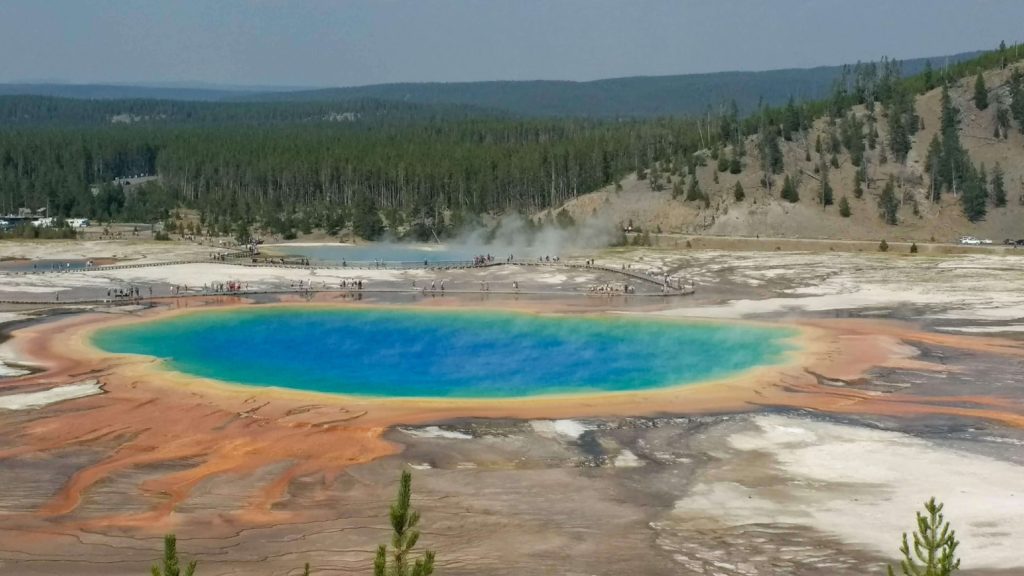
Many natural areas managed by public agencies charge entrance or day-use fees. These fees can cost upward of $35 per vehicle for a week in a US national park.
These fees are charged to generate funding to enhance visitor’s experience by maintaining and improving facilities and services throughout public lands. They’re a much-needed source of revenue to keep parks and public lands well-maintained for visitors to enjoy their experience.
So while I highly encourage supporting our parks with your dollars, there is an opportunity to save money on these fees if you’re on a budget.
Certain national and state agencies offer fee-free days, which are specific dates on which entrance or day-use fees are waived for all visitors. Other fees for amenities like campgrounds, boat launches, or tours may still be charged on fee-free days.
Agencies offering fee-free days announce each year’s dates by the beginning of the calendar year.
Federal agencies that offer fee-free days include the National Park Service, the Bureau of Land Management, and the US Forest Service.
Each of these federal agencies is offering five to six fee-free days in 2022. Click the link to the agencies’ websites above to see their 2022 fee-free dates.
Some state agencies offer fee-free days as well. For example, in Washington there are twelve fee-free days in 2022 for state parks and public lands managed by the state’s Department of Natural Resources and Department of Fish and Wildlife. Check with the department that manages your state’s parks to learn more.
2. Buy an America the Beautiful Pass to save money on fees at public lands
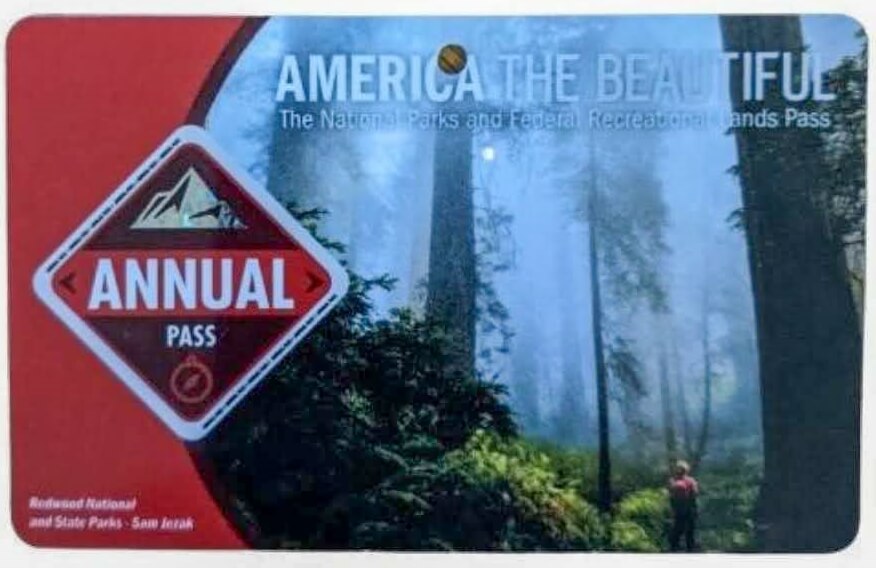
If you plan to visit multiple national parks or other public lands that charge an entrance or day-use fee, you may be able to save money on those fees by buying an America the Beautiful Pass.
An America the Beautiful pass covers the following fees for one vehicle:
- entrance fees at national parks and national wildlife refuges
- standard amenity fees (day use fees) at national forests and grasslands
- fees at lands managed by the Bureau of Land Management, Bureau of Reclamation and U.S. Army Corps of Engineers.
There are several versions of the pass depending on what you qualify for.
The standard pass that any adult can purchase is the annual pass. The annual pass is valid for one full year from the month in which you purchase it. Even though the pass may be described online as the “2021 Annual Pass” (or whatever year it currently is), the pass doesn’t expire at the end of December unless that’s when you originally purchased your pass.
As of this writing, the annual pass costs $80. I would consider purchasing this pass if you know you’re going to visit three or more national parks within a twelve-month period (for example, if you’re planning a national park road trip). Keep in mind that not all national parks have entrance fees, so check each park’s fees on the NPS website before you purchase the pass to confirm that this pass will actually save you money.
Besides the annual pass, there are several other versions of the America the Beautiful pass for those who qualify. The list of these passes is:
- Senior (lifetime or annual passes): US citizens or permanent residents who are at least 62 years old
- Access: US citizens or permanent residents with permanent disabilities
- Military: Current US military members and their dependents, veterans, and Gold Star Family members
- 4th grade: US 4th graders, including home-schooled and free-choice learners 10 years of age, with a valid Every Kid Outdoors paper pass
- Volunteer: Volunteers who have put in 250 service hours with the federal agencies that participate in the America the Beautiful pass program (National Park Service, U.S. Forest Service, U.S. Fish and Wildlife Service, Bureau of Land Management, Bureau of Reclamation, and the U.S. Army Corps of Engineers).
These passes all cover the same fees as the annual pass, but the specific rules (cost, expiration, etc.) around each of these passes vary. They are all either free or lower cost than the annual pass. Click here for more information on each pass type and how to obtain them.
America the Beautiful Passes can be purchased in-person at these locations or online. Note that if you purchase a pass online, it may take 3-4 weeks to arrive in the mail.
Read the FAQs about the America the Beautiful passes for the complete rules.
3. Check out a state parks pass from your local library
I promise this is the last tip on the list about saving money on entrance passes to parks!
Again, I fully support paying full price for these park passes if you’re able in order to keep our parks well-maintained, but know that these opportunities are available to help you get outdoors if you’re on a budget.
There are many states that partner with public libraries to offer state parks passes for free to library patrons.
Depending on your library’s program, you may be able to borrow a state parks pass anywhere from two days to a week.
Some libraries also lend out a backpack full of useful items for your state park visit to accompany the pass.
Below is a non-exhaustive list of states where state parks passes can be borrowed for free from public libraries. Check with your local library to see if state parks passes are available to you (if your state’s parks charge entrance fees).
- Check Out Colorado State Parks
- Check Out SC
- Check Out Washington
- Georgia Library Loan Program
- Maine State Parks Pass
- Minnesota State Parks Library Program
- North Dakota State Parks Pass
- Vermont State Park and Historic Site Passes
4. Use what you already have
Before I get into tips on how to save money on gear, remember that you don’t need to buy everything at REI in order to step outside.
It can be easy to be lured into feeling like you need lots of “gear” after browsing social media or outdoorsy catalogs.
But I promise you don’t “need” a jacket from one of the fancy brands you see everyone wearing on Instagram; you just need layers to stay warm.
You don’t “need” any of that adorably speckled, Granite Ware-inspired cookware; as cute as it is, you just need a pot and a mug.
An example from my own outdoor adventures: I save plastic to-go containers from takeout orders and use them as plates on camping trips and to carry food on hikes. (The food tastes just as good even though these “plates” aren’t speckled.)
Figure out a list of what you absolutely need and start there. You can always buy more things later if you really think they’ll improve your experiences in the outdoors.
Not sure what absolute essentials you need? Here’s my list of everything I bring on every hike.
5. Buy secondhand camping and hiking gear
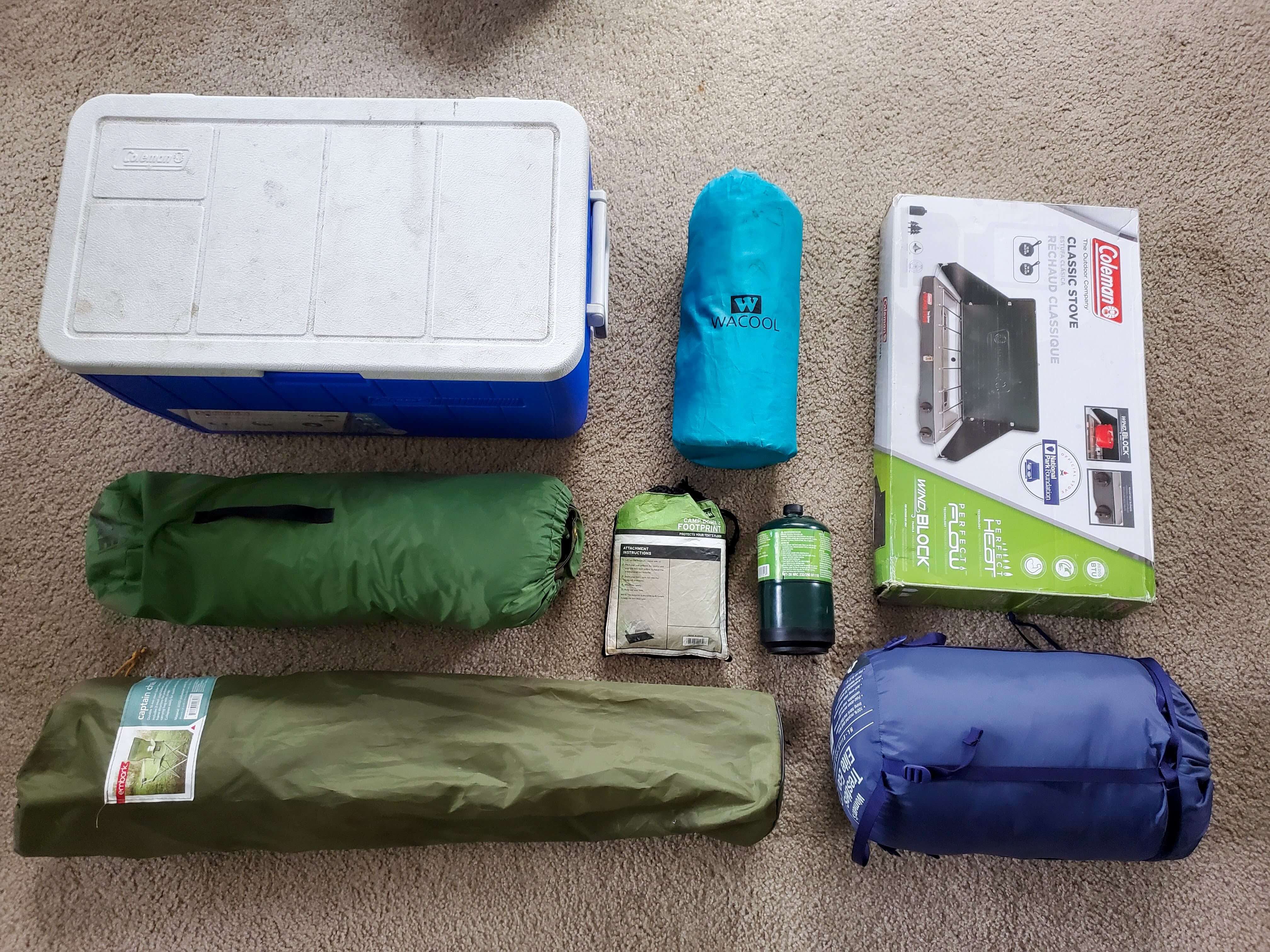
Buying gently-used, preowned gear and other items can be a way to purchase quality gear at a more affordable price. Why buy something at full price when someone is selling it for less?
You may not be able to find a particular product on secondhand markets, but if you aren’t set on buying a specific item, secondhand outlets are a great way to start acquiring or upgrading your gear on a budget.
I recently needed a new sleeping bag and found someone near me selling one that was still new with the tags on it. They were selling it for less than the cost in stores, which meant savings for me!
There are many outlets for buying used outdoor gear.
REI used to sell returned merchandise at Garage Sale events several times per year in their stores. While these events have stopped during the coronavirus pandemic, members can still purchase used through REI in-store and online.
There are also numerous outdoor consignment sites like Requipper or Geartrade.
You can even check out generic secondhand marketplaces such as Facebook marketplace, OfferUp, and (for outdoor clothing brands) Poshmark.
6. Rent camping and hiking gear
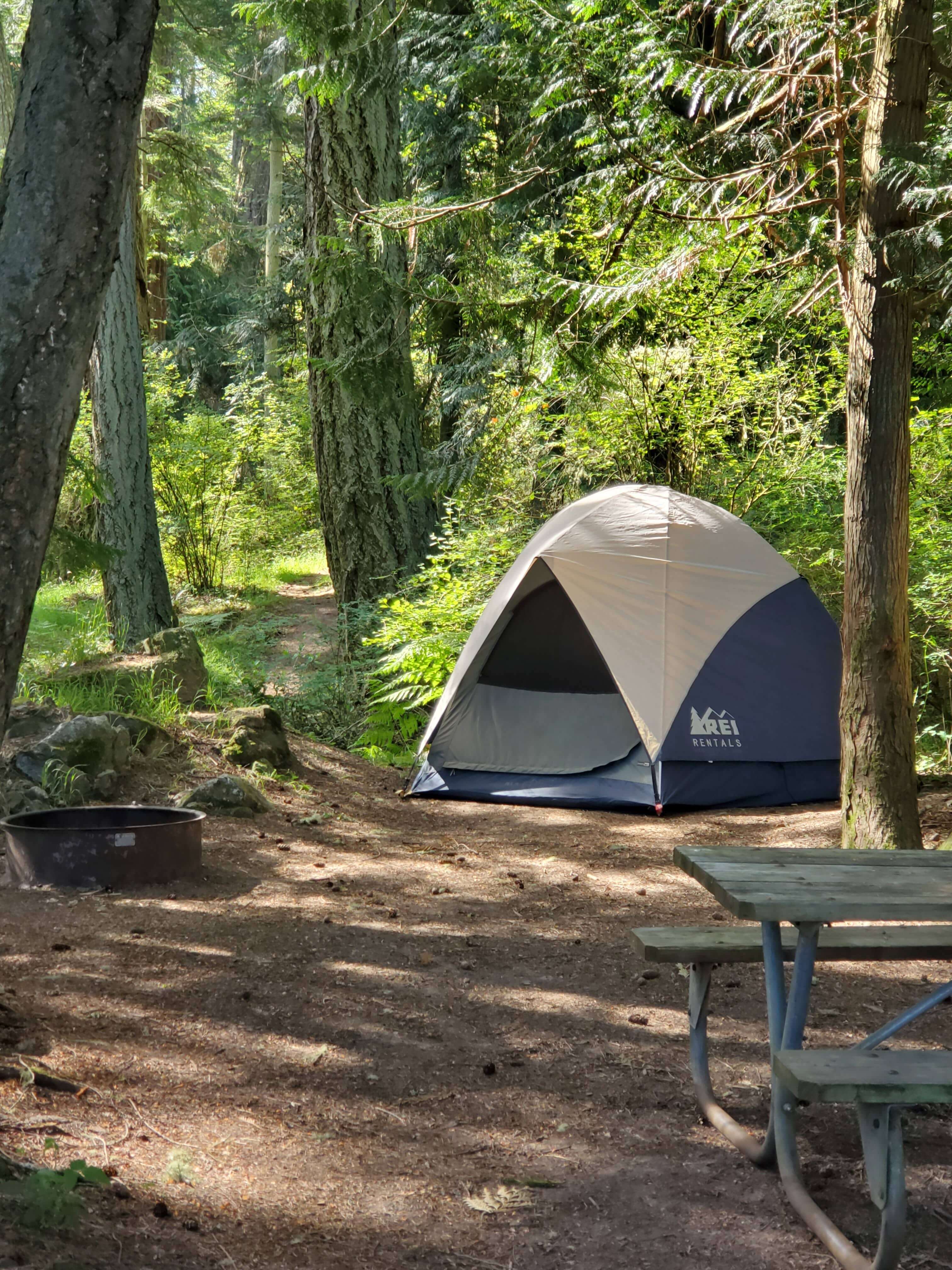
If you don’t think you’ll use a certain kind of camping or hiking gear very often, or just want to give some products a trial run before making a purchase, then renting may save you money over buying your own equipment.
Think renting gear may be the more affordable option for you? Check out my list of places to rent camping gear from anywhere in the continental US.
7. Find FREE items through your local Buy Nothing group

The Buy Nothing Project is a platform that facilitates hyperlocal gifting. Anyone using Buy Nothing in your city or neighborhood can give or request any and all items for free. The goal of sharing items among neighbors is to strengthen communities and save valuable resources.
The platform isn’t specific to outdoor equipment, but can provide an opportunity to find free items if your neighbors have them.
Want to borrow a tent for a camping trip next weekend? Someone near you may be willing to lend one. Looking for a cooler? It can’t hurt to check if any of your neighbors have a spare they’re willing to let go of before you buy your own.
For several years, I used a backpack that someone had gifted to me through my local Buy Nothing group on all of my hikes. Eventually I somehow accumulated several backpacks, at which point I regifted it to someone else in my neighborhood.
Again, the Buy Nothing platform isn’t specific to the outdoor community, so think outside the box for things you can receive completely free to use on your outdoor adventures. Maybe someone will be giving away extra s’mores ingredients right before your weekend camping trip!
To start using Buy Nothing, download the app for Android and Apple, or join your local Facebook group (click here for a list of all groups around the world).
8. Try dispersed camping
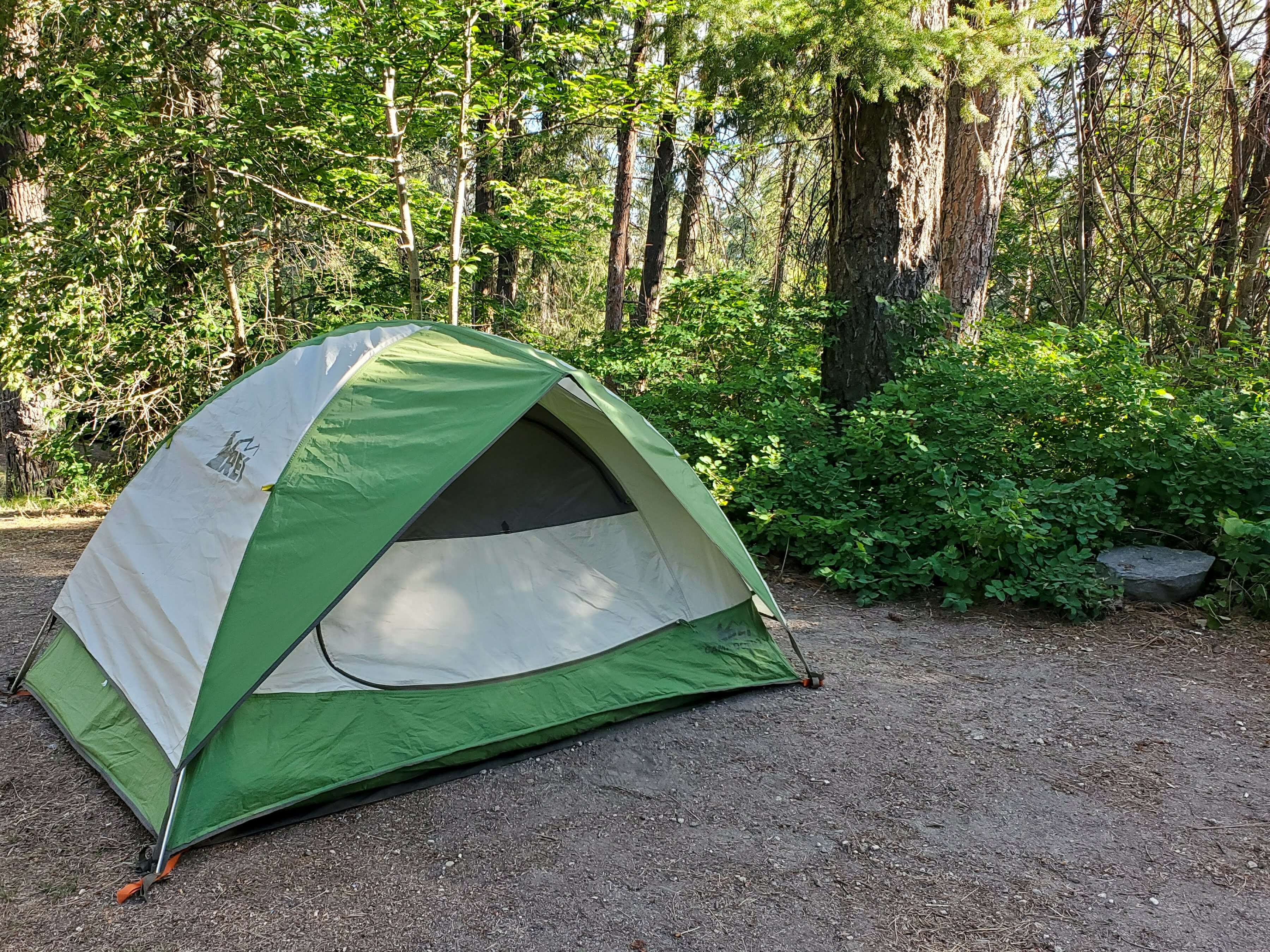
Dispersed camping is camping on public lands away from designated campgrounds. You can go dispersed camping pretty much anywhere on public lands managed by the US Forest Service and the Bureau of Land Management.
Keep in mind that since you’re not camping in a designated campsite, you won’t have access to any amenities. No water, restrooms, or trash collection.
But since you’re camping without any services to maintain and operate, the campsite is free!
It’s not for everyone, but if you’re willing to rough it, you’ll save money on your camping trip among other benefits. You’ll have a more secluded camping experience and won’t need to make a reservation, meaning more flexibility around when and where you camp.
Because there are no basic services, it’s crucial to understand how to Leave No Trace to keep the area clean and safe.
You’ll have to bring everything that you’ll need while you camp, and pack it all out as well at the end of your trip.
You’ll also have to understand if and where you can make a campfire and how to minimize the impact of your human waste.
Read more rules around dispersed camping from the US Forest Service to be prepared and camp responsibly.
Once you’re ready to try dispersed camping, there are a few ways to find a location where you’re allowed to camp for free. You can contact the nearest Forest Service office by where you want to camp. Another option is to find dispersed campsites using an app like The Dyrt.
How do you get outdoors on a budget? Contact me to add your ideas to this list!
As always, enjoy the outdoors responsibly. Leave no trace on all of your adventures.
Related articles:
